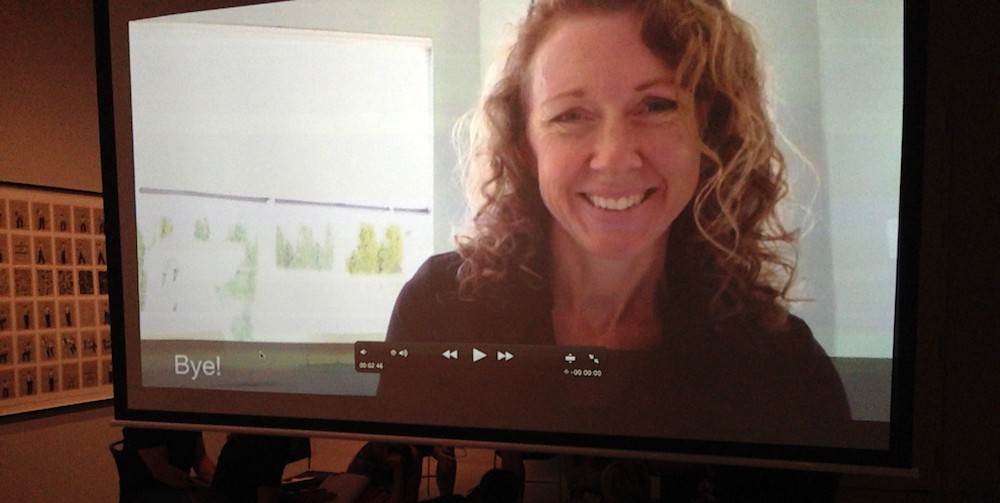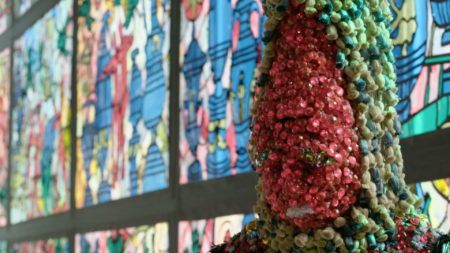Art21 Magazine’s first Educator-in-Residence, Tricia Fitzpatrick, will share her insights on arts education in our May / June issue, “Rust,” through articles on lesson plans and reports from the classroom. Fitzpatrick teaches grades 9 through 12 at Cawthra Park Secondary School in Mississauga, Ontario. Unlike most teachers in the Art21 Educators program, Fitzpatrick teaches science, but her approach to education is holistic: she values creative thinking, experiential learning, and locating the places where art and science intersect.
In 2015, Fitzpatrick and New York Close Up artist Mary Mattingly collaborated on an event at Art21’s symposium on art and education, Creative Chemistries. Together, they developed a shared website with information on garbology, and led a group to ceremonially bury objects in Central Park.
Why were you initially drawn to the Art21 Educators program?
I was introduced to Art21 Educators by my friend and colleague, Don Ball, with whom I have been collaborating for the better part of a decade. We both love the intersection of art and science and try to collaborate as often as we can. Since 2003, we have worked together on an international travel program at our school for visual-art and science students. We have traveled to various countries in Latin America (and most recently Nunavut), combining homestays and community service with an exploration of the art, culture, and ecology of the areas we visit.
I will never forget the day Don came to me, very excited about the Art21 Educators Summer Institute. I had known about the Art21 television series for some time, but neither of us knew of the educators program. The year we applied, visual-arts teachers were required to partner with a teaching colleague whose subject area was not visual art. At that point the program had never hosted any Canadians, nor would applications be accepted from science teachers. In fact, the program’s website explicitly said the program would accept teachers in the humanities and asked science and math teachers to wait until future years when the program might be equipped to expand into those subject areas. Don was very persistent, and we applied nonetheless. I am so glad we did.
So there we were, the first Canadians, and I was the first science-teacher participant. That Summer Institute was the beginning of the best ongoing professional development and networking experience of my career.
How would you describe the Art21 Educators program?
Art21 Educators is, more than anything, a community. The Summer Institutes, the Ning online platform, and regular online video conferencing have created a cohesive, strong network that I have never experienced elsewhere. It is a group of dynamic, like-minded people who want to make a change in this world by inspiring our students through contemporary art and equipping them with the twenty-first century skills of creativity, communication, critical thinking, and collaboration.
Read the rest of Tricia’s interview on the Art21 Magazine, and keep an eye out for her lesson plans, published on the magazine throughout the May/June issue, “Rust.”


